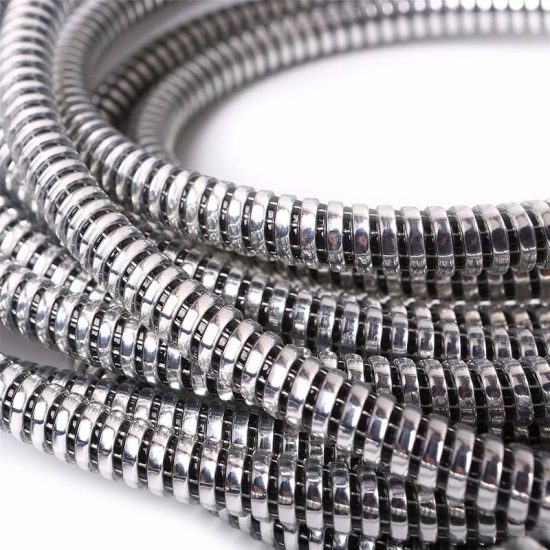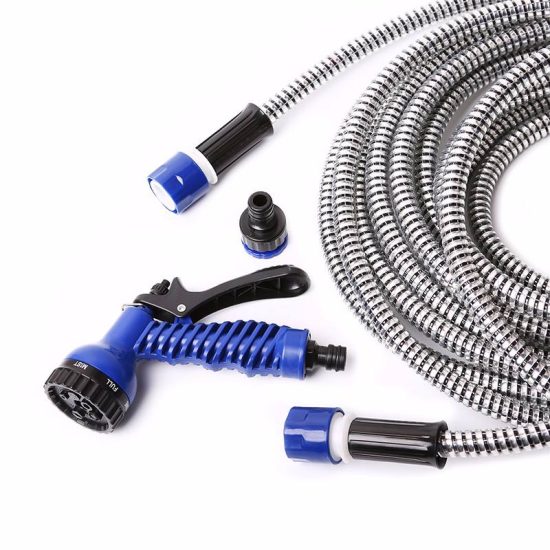Maximizing performance with silicone hoses involves understanding their advantages and using them effectively in various applications, particularly in automotive and industrial settings. Here are some key points to consider:
- Heat Resistance: Silicone hoses have excellent heat resistance properties compared to rubber hoses. They can withstand higher temperatures, making them suitable for applications where heat is a concern, such as in high-performance engines or industrial machinery. Utilize silicone hoses in high-temperature environments to prevent degradation and ensure durability.
- Durability and Flexibility: Silicone hoses are more durable and flexible than traditional rubber hoses. They are less likely to crack, become brittle, or deteriorate over time, even in extreme conditions. This flexibility allows for easier installation and maneuverability in complex setups.
- Resistance to Chemicals and Fluids: Silicone hoses have good resistance to various chemicals and fluids, including oil, fuel, and coolant. This property makes them suitable for use in automotive systems, where exposure to different fluids is common.
- Proper Sizing and Fitment: Ensure that you use the correct size and shape of silicone hoses for your specific application. Proper sizing and fitment prevent leaks, ensure optimal flow, and maintain performance. Consider factors like inner diameter, outer diameter, and hose length when choosing silicone hoses.
- Regular Inspection and Maintenance: Inspect silicone hoses periodically for wear, damage, or signs of degradation. Even though they are more durable than rubber hoses, they can still wear out over time, especially if subjected to harsh conditions. Replace any hoses that show signs of damage to maintain optimal performance.
- Performance Tuning: In high-performance automotive applications, silicone hoses are sometimes used in conjunction with performance tuning to improve airflow and reduce restrictions. They may be employed in intercooler systems, turbocharger systems, or intake systems to optimize performance.
- Pressure Ratings: Silicone hoses have different pressure ratings, so ensure that the hoses you’re using are suitable for the pressure levels within your system. Using hoses with inadequate pressure ratings can lead to failures and potential safety hazards.
- Quality Matters: Invest in high-quality silicone hoses from reputable manufacturers. Quality hoses will offer better performance and longevity compared to cheaper, inferior alternatives.
- Proper Installation: Install silicone hoses correctly, following manufacturer guidelines. Use appropriate clamps and fittings to secure the hoses properly and prevent any potential leaks.
- Consult Experts: If you’re unsure about which silicone hoses to use for your specific application or how to optimize their performance, consider consulting with experts or professionals in the field for guidance.
By considering these points and utilizing silicone hoses effectively, you can maximize their performance and durability in various applications.

